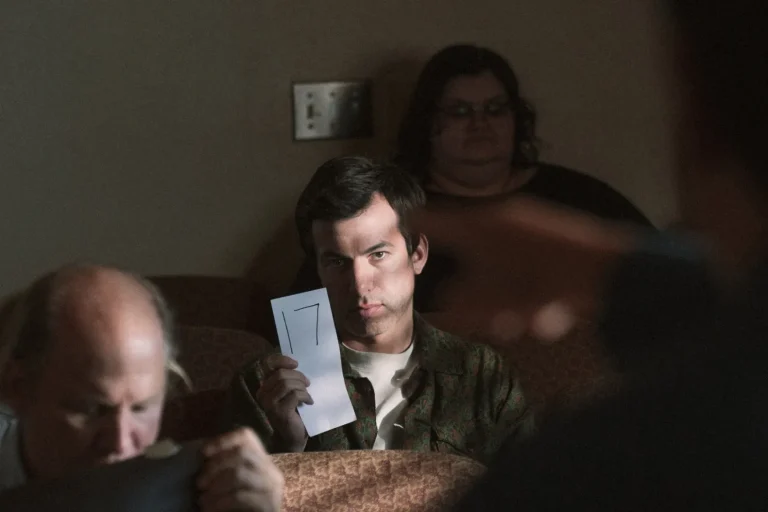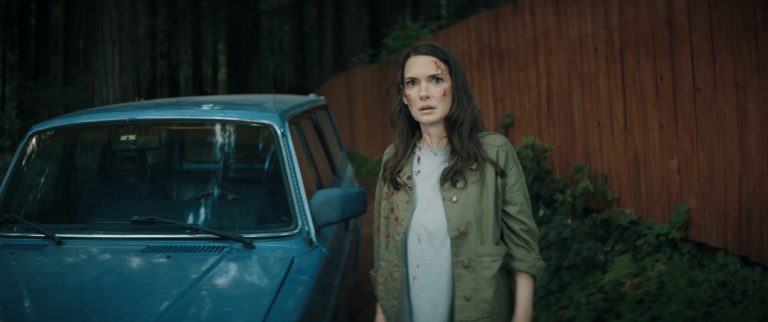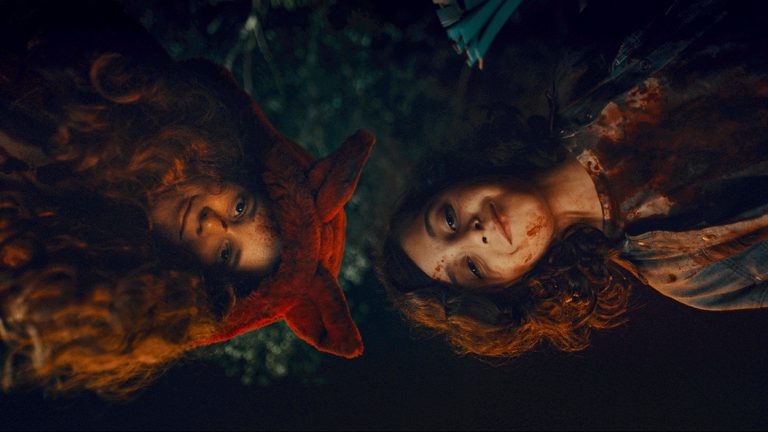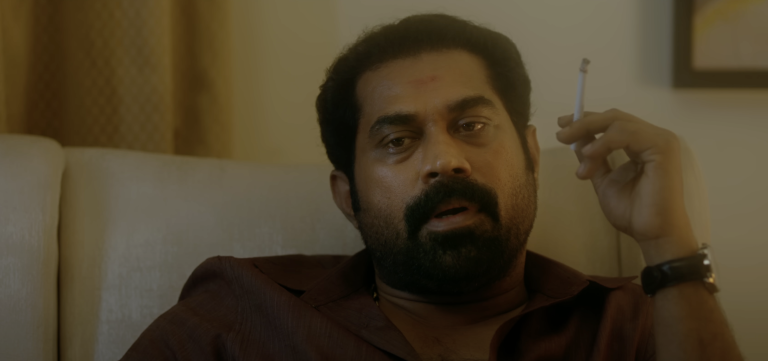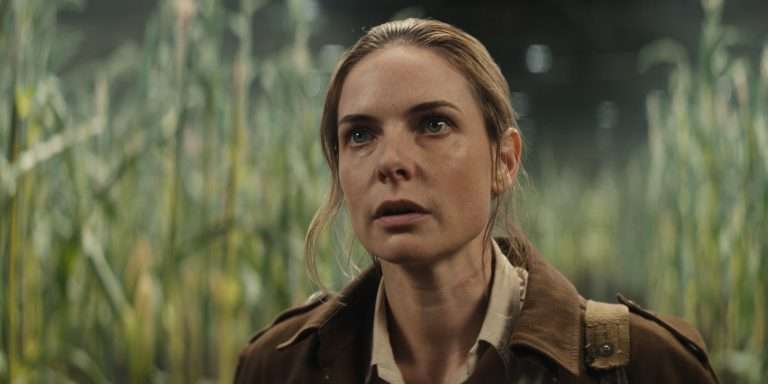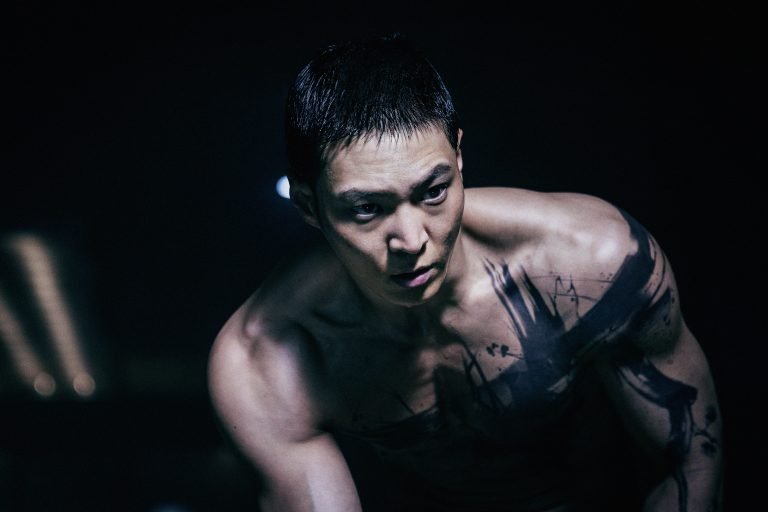Fast Film (2003) is, without a doubt, one of the most wildly imaginative short films I’ve ever seen. This brilliant piece of cinema crafts a high-octane chase sequence by seamlessly stitching together footage from some of the most iconic American movies ever made. The premise is simple: a woman is abducted, and a man sets out to rescue her. But it’s not the story itself that makes Fast Film extraordinary—it’s how the story is told that sets it apart as a true one-of-a-kind film.
The editing in Fast Film is nothing short of genius. Director Virgil Widrich pieces together clips from nearly half a century of classic films to weave an entirely new narrative. The story unfolds through footage from legendary films like North by Northwest, Sunset Boulevard, Psycho, Raiders of the Lost Ark, Frankenstein, some Sean Connery-era Bond films, and many other beloved classics. Each snippet is carefully chosen and meticulously edited to form a coherent and exhilarating plot that feels both familiar and fresh.
Fast Film is more than just a cleverly edited montage—it’s a heartfelt homage to the golden age of Hollywood. The film pays tribute to the legends of cinema, temporarily turning some of the most iconic actors into the leads of this ingeniously crafted rescue mission. From Humphrey Bogart to Cary Grant, Sean Connery to Harrison Ford, these screen giants take on the role of the determined hero, while the abducted woman shifts between the personas of Eva Marie Saint from North by Northwest, Audrey Hepburn, and Janet Leigh from Psycho. The way these classic characters are woven into the narrative is a testament to Widrich’s deep respect and love for the history of film.
But what truly sets Fast Film apart is the sheer artistry involved in its creation. While the film is entirely composed of existing movie clips, the editing process must have been an incredibly painstaking endeavor. If Widrich had simply jumped from one scene to another, the task might have been easier. But instead, he chose to create a dynamic viewing experience by incorporating 3D paper figures that evolve and transform, carrying the narrative forward in a visually stunning way. This technique adds a layer of depth and creativity that elevates Fast Film from a simple homage to a groundbreaking work of art.
Also, Read: The First Film (2024) Short Film Review
I found myself watching Fast Film three times in a row, and I urge you to do the same. First, watch it to appreciate the masterful technique that Widrich has executed so brilliantly. Then, watch it again to fully grasp the story that Fast Film is trying to tell—a story that transcends the individual clips to become something entirely new. Finally, watch it a third time to play a fun game of spot-the-classic, identifying the films that are cleverly woven into this short but unforgettable experience.
This is the best 13 minutes you’ll spend today—guaranteed.
Fast Film (2003) Links: IMDb, Wikipedia



